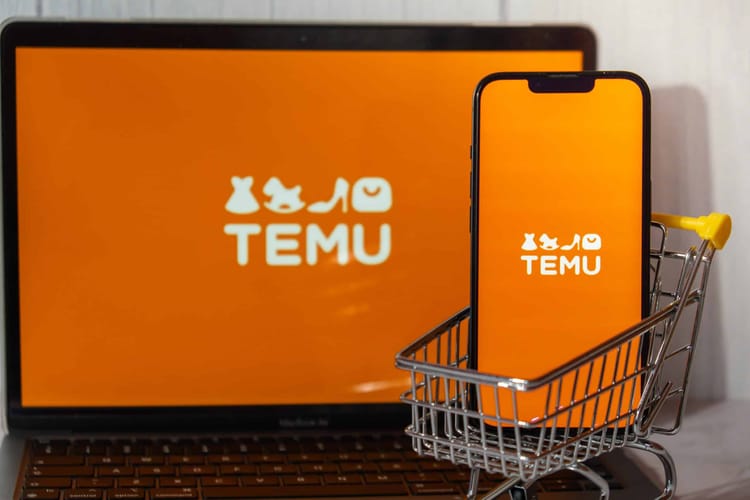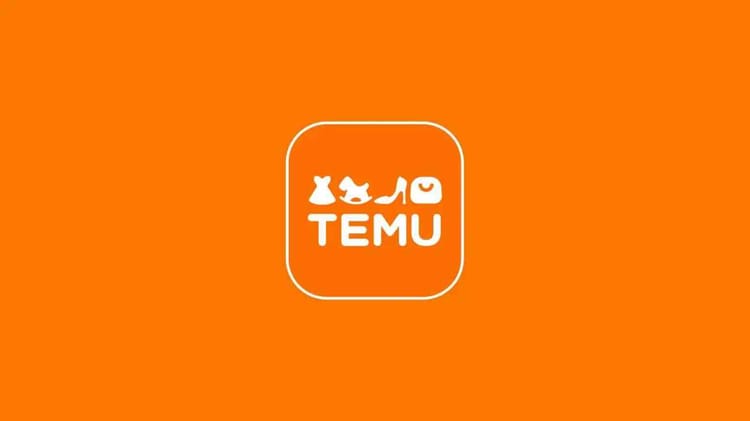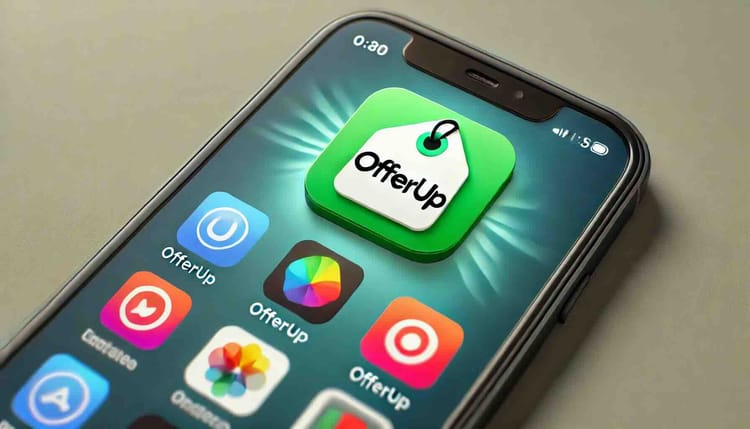How to create a compelling crowdfunding campaign?

A successful crowdfunding campaign involves thoughtful preparation and execution. Give yourself plenty of time to prepare, often 60 days, and schedule your campaign to run for 30-45 days as your initial phase. Time for financial disbursements, which normally take 15 days, should also be considered. Use seasonal patterns and holidays to give your campaign energy.
What is crowdfunding?
Crowdfunding asks numerous people to contribute money, typically in modest sums over a short period, like a few months, to a particular cause or project. Online fundraising is frequently done through social networks, which makes it simple for supporters to spread the word about a project or cause to their networks. Crowdfunding is a type of alternative finance and crowdsourcing. It is a method of raising money that involves the cooperation of friends, family, clients, and individual investors.
Funding that is based on donations and funding that is based on equity are the two primary models or forms of crowdfunding. Donors provide a total financial contribution to a new project when it is funded through donations. The product or service that will be created with the money raised by the crowdfunding campaign is frequently the promised return. In addition, there may be additional benefits or rewards for funders of philanthropic enterprises whose ultimate beneficiaries are not donors. With equity-based funding, contributors exchange funds for equity shares to become business co-owners.
A contemporary technique called crowdfunding often relies on three different categories of actors:
- The person who offers a project or proposal to be sponsored.
- People or organizations that concur with the idea.
- An intermediary group that hosts a launch of the proposal by bringing the parties together.
Campaigns to raise money through crowdfunding can be utilized for any endeavor, including philanthropic causes, artistic endeavors, new ventures in business, college tuition, and personal expenses. Almost US$34 billion was raised through crowdfunding globally in 2015.
Thing to focus on
You must identify your unique selling proposition (USP) and what makes your product or business stand out from the competition to create a captivating crowdfunding campaign website. To learn how similar brands present their products and the benefits they offer:
- Conduct competitor research.
- Create a page outline, gather resources, design rewards, and prototype your product.
- Make an overview before you begin writing your crowdfunding campaign website, and rank your ideas in order of importance.
- Write and edit your copy as you lay the foundation for your campaign.
Throughout the crowdfunding campaign, it's crucial to identify ways to engage with your audience.
It is crucial to express your company's value, the advantages of investment, and the reasons why investors should choose your company above others in equity crowdfunding campaigns. In addition, before investing, potential investors are strongly encouraged to speak with their legal, tax, and financial professionals.
Introduce yourself and your team, share an introduction to your project, describe when your project will take place, and explain why you are raising money to make a great crowdfunding pitch. Make your pitch more interesting by including pictures, videos, GIFs, and charts. However, please keep it simple and draw a line somewhere in your pitch.
You need to provide engaging, excellent video material if you want to design a successful crowdfunding campaign. Fundera reports that crowdfunding campaigns using videos raise more than 105% more money than those without. Also, it's crucial to be ready for your launch by conducting as much advanced research as possible and consulting anyone with crowdfunding expertise.

What are the key elements of a successful crowdfunding campaign
According to the provided search results, the key elements of a successful crowdfunding campaign are:
- Tell a compelling story that engages your audience.
- Determine your unique selling point and what makes your product stand out.
- Prototype your product and compile your assets.
- Draft your rewards and create a page outline.
- Connect with your audience and find ways to engage with them.
- Clearly articulate the value of your business, the benefits of investing, and why investors should choose your business over others.
- Provide value for value and offer rewards that incentivize backers.
- Leverage holidays and seasonal trends to add extra momentum to your campaign.
What are the most effective strategies for a successful crowdfunding campaign
Crowdfunding can be an effective tool for accomplishing startup goals but it requires careful planning and execution. Nevertheless, several strategies can help ensure a successful crowdfunding campaign.
- Preparation is key. Successful campaigns require months of planning, including choosing the right platform, examining similar projects to learn from past successes and failures, planning each campaign stage, and choosing rewards that appeal to backers.
- A great design is essential. Photos and videos are eye magnets and are the first thing each new visitor will see. Make the most of that first impression with an elegant page design, a professional prototype, and a polished video. Welcome backers to your page and get them excited to be part of your project
- Transparency is important. Crowdfunding backers are interested in the "how" of projects, so they indulge that curiosity by providing regular updates on the project's progress.
- Choose the right platform. There are many different crowdfunding platforms, so consider your project parameters and do your research to find the platform best suited to what you're offering.
- Tell a great story. A campaign with a good story is an unparalleled strategy. Share your journey, the problem your product will solve, or discuss the vision for your startup. Keep your tone and messaging personal to make backers feel closely connected to you and your project.
- Provide value for value. Crowdfunding campaigns hinge on reciprocity. If your startup offers rewards that backers find valuable, they are more likely to contribute to your campaign.
- Spread the word. Share your campaign on social media, with family and friends, blogs, and anywhere else you can get it out there. The wider your reach, the more potential you have for success.
How to choose the right crowdsourcing platform?
To choose the right crowdfunding platform, you should consider the following factors:
- Type of crowdfunding: Decide which type of crowdfunding is best for your project, such as rewards-based, equity-based, or donation-based.
- Platform format and design: Each website offers its own model, layout, and pledge process, which attracts certain types of investors.
- Regulatory compliance: Ensure that the platform you choose is compliant with relevant regulations.
- Fees: Consider the fees charged by the platform, including transaction fees, platform fees, and payment processing fees.
- Size: Consider the size of the platform and its user base, as larger platforms may offer more exposure and potential backers.
- Research the platforms: Research the platforms available and compare their features, fees, and success rates.
- Meet the platforms: Reach out to the platforms you are considering and ask questions to determine if they are a good fit for your project.
What are the different types of crowdfunding platforms?
According to the provided search results, the different types of crowdfunding platforms are:
- Rewards-based crowdfunding: Backers receive rewards or perks for their contributions.
- Equity-based crowdfunding: Investors receive equity in the company in exchange for their contributions.
- Donation-based crowdfunding: Backers donate money to support a cause or project without receiving any rewards or equity.
- Lending-based crowdfunding: Investors lend money to a borrower and receive interest on their investment.
- Real estate crowdfunding: Investors pool their money to invest in real estate projects.
- Specific platforms: Some crowdfunding platforms may be in place to fund specific groups or industries, such as musicians, startups, small businesses, nonprofits, or individual fundraising.
Which crowdfunding platform is best for startups?
According to the provided search results, the best crowdfunding platforms for startups are:
- SeedInvest Technology: This platform is specifically designed for startups and offers equity-based crowdfunding.
- Kickstarter: This platform is popular for creative projects, such as art, design, and technology, and offers rewards-based crowdfunding.
- StartEngine: This platform offers equity-based crowdfunding and is known for its support of startups.
- Fundable: This platform offers rewards-based and equity-based crowdfunding and is designed for startups and small businesses.
- CircleUp: This platform offers equity-based crowdfunding and is focused on consumer brands and retail startups.
Overall, SeedInvest Technology and StartEngine are specifically designed for startups and may be the best options for those looking to raise funds for their new business venture.
Conclusion
Crowdfunding is raising capital through the collective effort of friends, family, customers, and individual investors, typically via the internet. Crowdfunding has become a popular way to fund various projects, from artistic and creative endeavors to medical expenses and community-oriented social entrepreneurship projects. There are four main types of crowdfunding: donation-based, rewards-based, equity-based, and debt-based.
Choosing the right crowdfunding platform is crucial to a campaign's success, and many platforms are available, each with its own strengths and weaknesses. For a successful crowdfunding campaign, it is important to tell a compelling story, provide value for value, spread the word, and choose the right platform. Crowdfunding can be a great way to earn money for a project, product, or personal business venture, but it is important to know all the rules and regulations surrounding this funding source.




